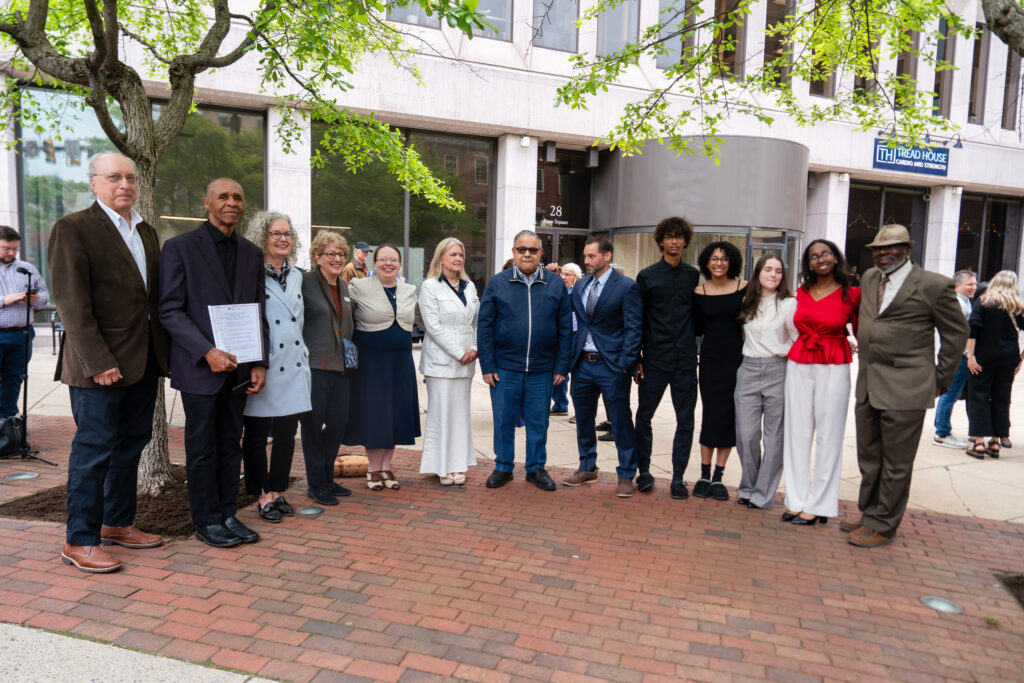
On a quiet city street lined with brick and memory, students, educators, community members, and historians gathered for a moment years in the making. At first glance, it may have looked like a simple ceremony, several brass plates embedded into the ground. But for those who stood there, shoulder to shoulder, the unveiling of the Lancaster City Witness Stones was anything but ordinary. It was history being brought out of the shadows and placed firmly in the center of our shared story.
The Lancaster City Witness Stones Project is part of a regional initiative with a clear, meaningful purpose: to restore public memory by acknowledging the lives of those who were enslaved in communities across the North. In Lancaster, this work is being carried out through a local partnership between the African American Historical Society of South Central Pennsylvania, Historic Rock Ford, and the School District of Lancaster.
The names engraved into those first stones, Robert, Bet, Susan, and Frank, are not new to history, but they’ve often been reduced to footnotes, overlooked or mentioned only in passing. All four individuals were enslaved by Revolutionary War figure Edward Hand, whose legacy is physically preserved through Historic Rock Ford in Lancaster County Park. But until now, the lives of those who labored under his control had largely been left out of public interpretation.
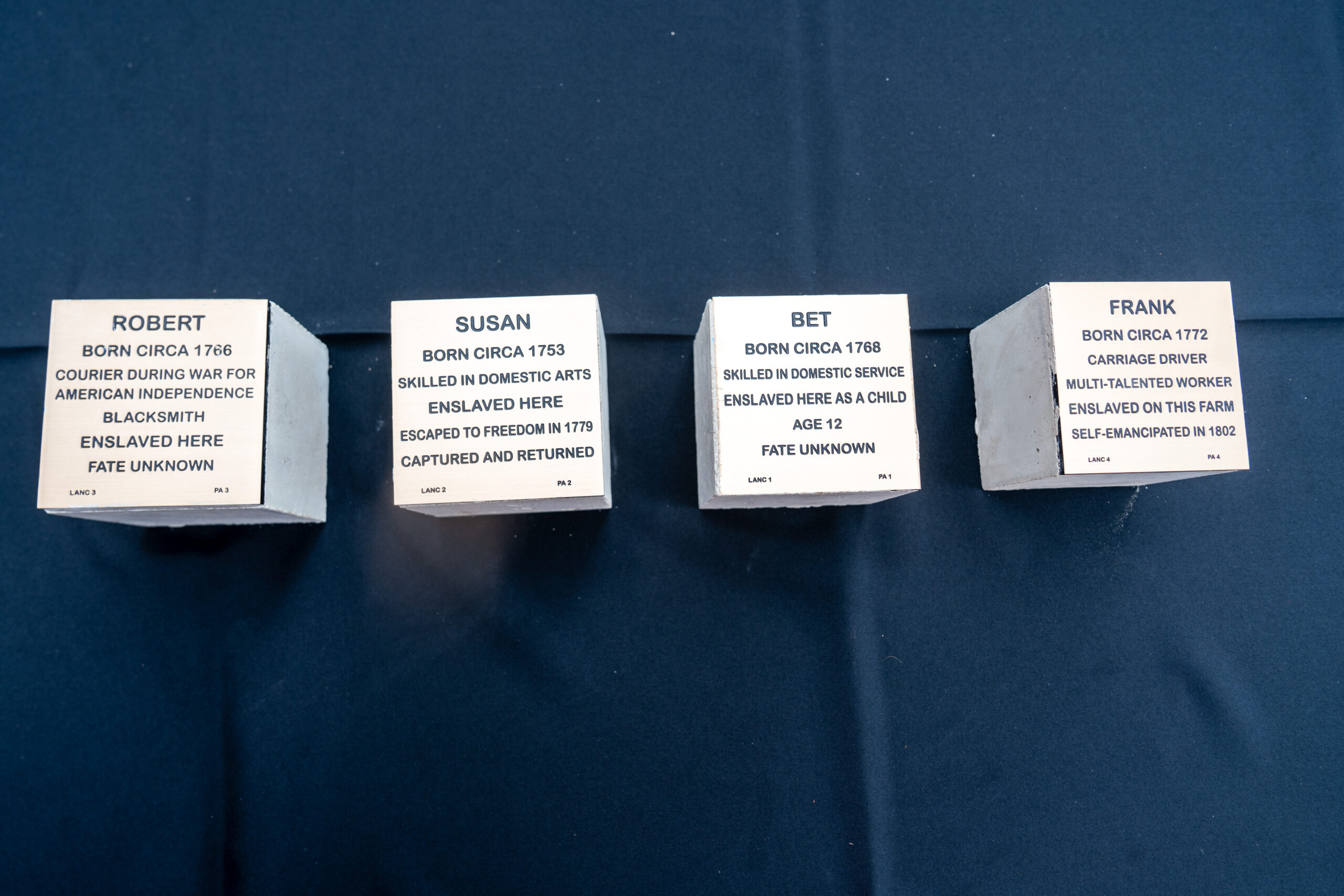
That changed when students at McCaskey High School, led by social studies teacher Dr. Todd Mealy through the Buddy Glover Service Project, took on the task of researching these individuals. What began as a history assignment quickly became something much deeper. Students combed through 18th and 19th-century letters, bills of sale, newspaper ads, and estate documents. They unearthed stories that were raw and real stories of forced labor, escape, and erasure. Some students spoke about the shock they felt reading how enslaved people were itemized like groceries on shopping lists. Others reflected on how the project reframed their sense of their own city.
For sophomore Hasset Tesfaye and senior Hana Rebek, the experience has been eye-opening and transformative. They described the process as emotional and complex, challenging, but necessary. What began as curiosity evolved into responsibility. They wanted the lives of these individuals to be known, not just academically, but personally. That desire shaped their decision to create a documentary, using the skills they’ve developed to craft a narrative that does justice to the resilience and humanity of Robert, Bet, Susan, and Frank.
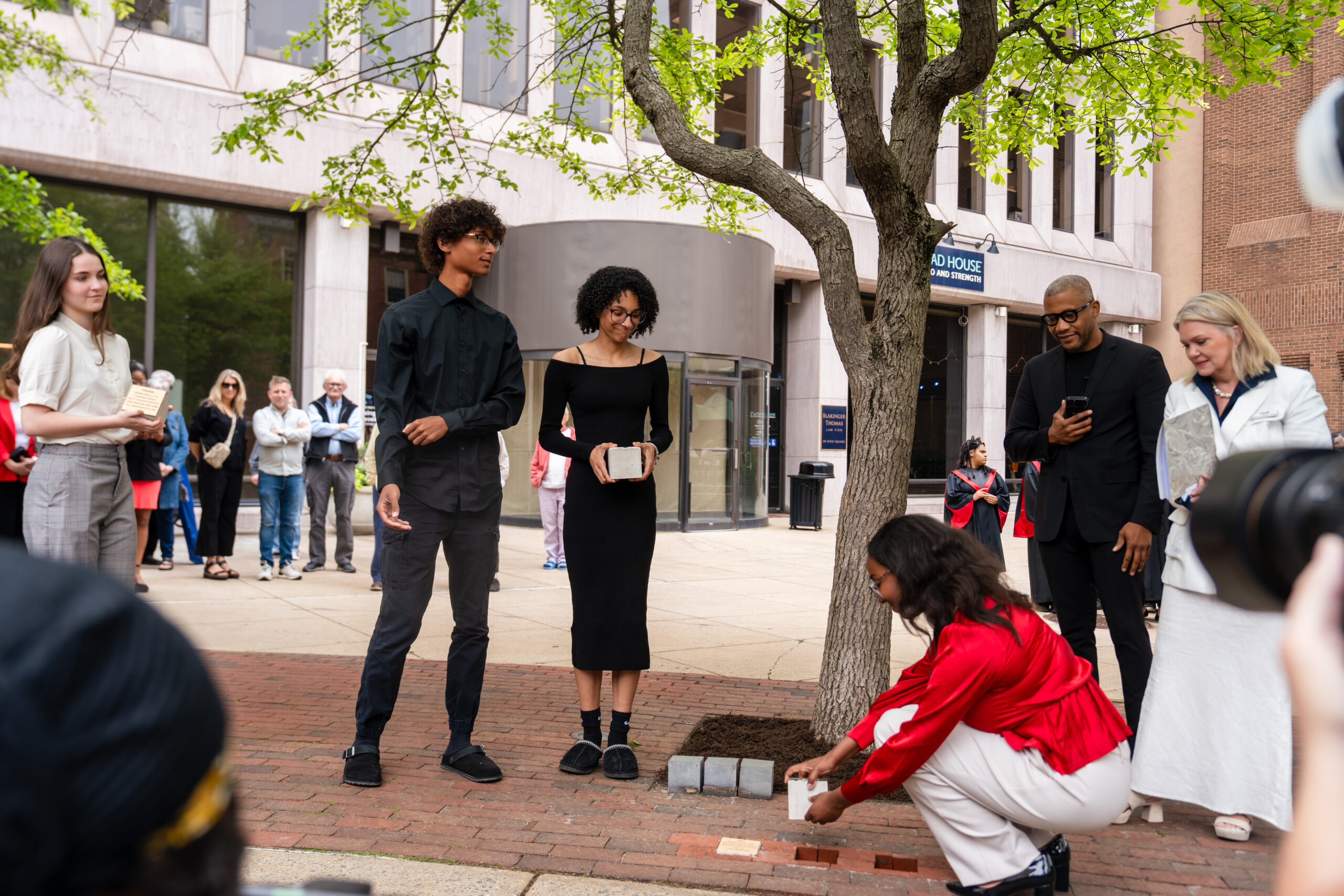
The result of this research now lives beneath the feet of passersby. Each 4×4-inch Witness Stone, topped with engraved brass, marks the name and location of a person once enslaved here. Set flush with the sidewalks of Lancaster’s historic district, the stones are placed with intention: to be encountered by everyday people in everyday life. There is no pedestal, no barrier only truth, embedded in the city’s landscape.
The installation of these stones marks the beginning of a multi-year commitment. Over the next three years, the Lancaster City Witness Stones Project will continue placing approximately 25 stones annually. The work is guided by an advisory council of community members, scholars, and educators, and supported by a wide range of local partners, including the Lancaster County Community Foundation, the Steinman Foundation, High Foundation, and others.
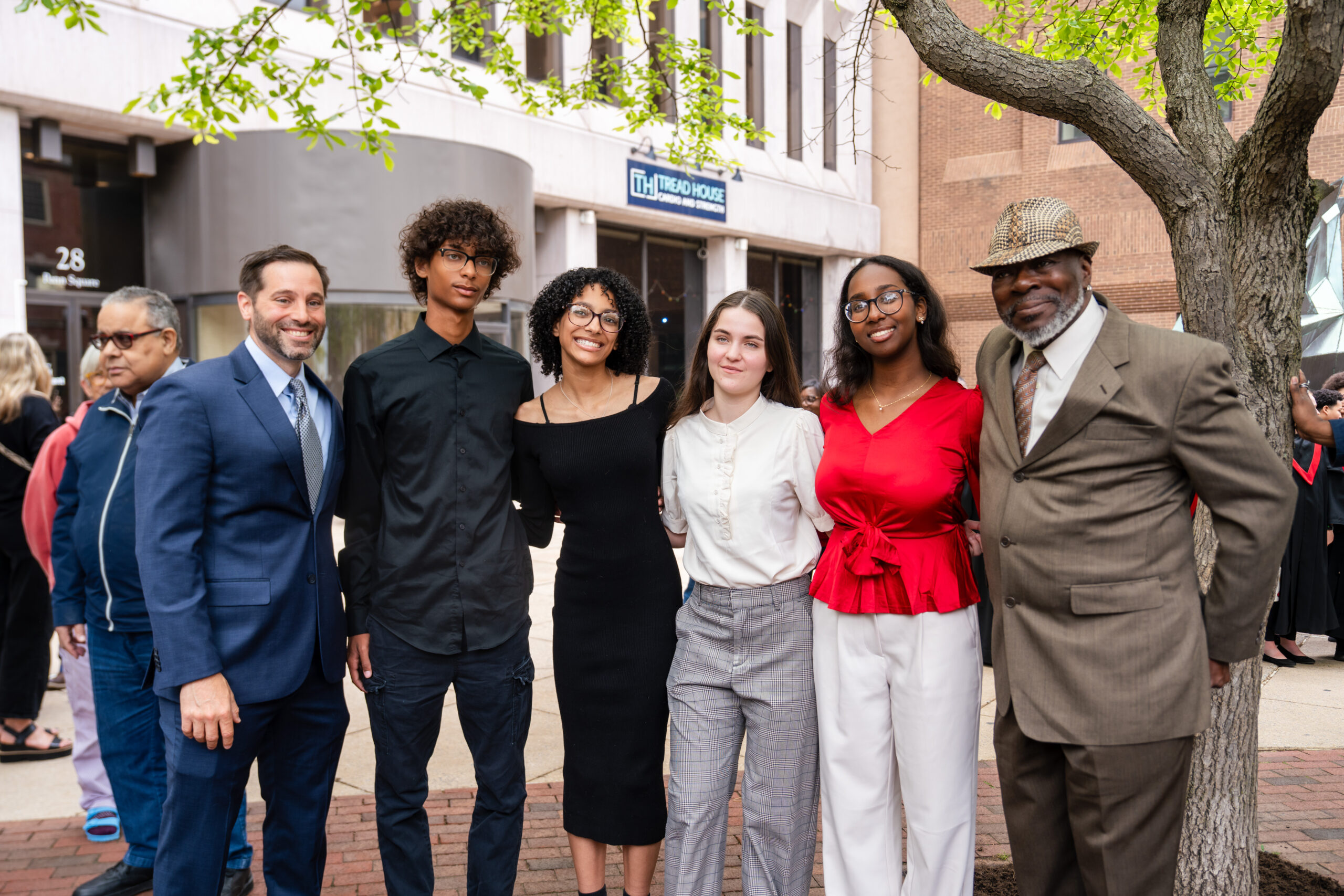
For the School District of Lancaster, this project represents more than just an academic opportunity. It’s a model for meaningful education where students become researchers, interpreters, and storytellers. Where difficult history is not avoided but approached with care, clarity, and the goal of building deeper understanding. It’s an approach that challenges the idea that history is something we read about in books; instead, it reminds us that history lives among us, in the streets we walk, the buildings we pass, and the choices we make.
There are many ways to learn, and many ways to teach. But standing beside our students as they reclaimed and restored the stories of those who were denied their voices in life felt different. It felt important. It felt necessary. And it reminded us that education, at its best, is about illumination, connection, and justice.
This is not the end of the story. It’s the beginning of a larger conversation, one that our students are helping to lead. And we will keep listening. We will keep learning. We will keep making space for the stories that were once buried.
Because memory is not just something we inherit.
It’s something we choose to carry forward.
#
For more photos, visit us on Facebook.
